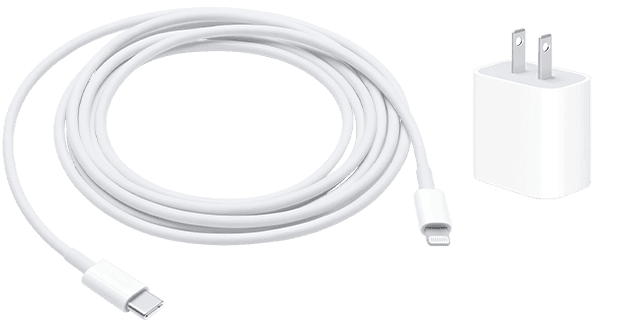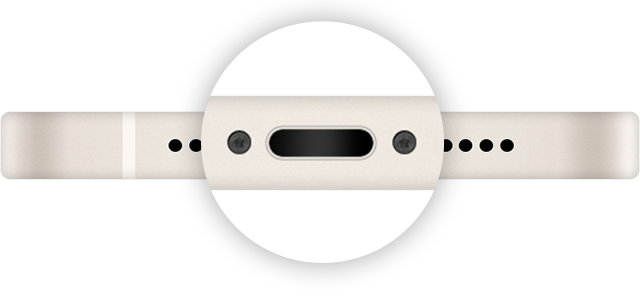iPad battery
My iPad suddenly stopped charging. I've cleaned the charge port and did a hard reset, still not charging. Any ideas?
iPad, iOS 10
My iPad suddenly stopped charging. I've cleaned the charge port and did a hard reset, still not charging. Any ideas?
iPad, iOS 10
Hello! You can check this paragraph maybe will help you!
If your iPhone or iPod touch won't charge
If the device's battery won't charge or charges slowly, or if there is an alert message on the device, learn what to do.
Plug in the power supply
To charge your device, please follow these steps:
Wall power outlet
Plug the USB charging cable into the USB power adapter and plug it into a wall outlet.
Computer
Plug the charging cable into the USB 2.0 or 3.0 port on the computer, which needs to be turned on and not in sleep mode. Do not use the USB port on the keyboard.
Power supply accessories
Plug the cable into a powered USB hub, docking station or other Apple-certified accessories.
![]()
If you are trying to wirelessly charge your iPhone 8 or later, first make sure that you can charge the device with the USB cable that came with your device. If this can be charged, please get help with wireless charging again. If it is a third-party accessory, please check for Apple certification.
When the device is charged, the lightning icon will appear in the battery icon in the status bar.![]() or a large battery icon will appear on the lock screen.
or a large battery icon will appear on the lock screen.![]() .
.
If the device charges slowly or won't charge
Follow these steps and try again after each step:



If the device stops charging at 80% charge
iPhone may get a little warm when charging. To extend battery lifespan, if the battery becomes overheated, software may limit charging when the charge exceeds 80%. When the temperature drops, the iPhone will charge again. Try moving the iPhone and charger to a cooler location.
iOS 13 and later can use the Optimized Battery Charging function to reduce the time the iPhone is fully charged, thus slowing down the aging of the battery. iPhone uses on-device machine learning to understand your daily charging habits and suspend charging to more than 80% until you need to use your iPhone*. Optimize battery charging" will only take effect if the iPhone predicts that it will be connected to the charger for a long time.
* Information about charging habits is only stored on iPhone. The information will not be included in the backup or shared with Apple.

If there is an alert that the accessory is not supported or certified
Possible reasons for these warnings include:
Please follow the following steps:

Learn more about
iPad battery